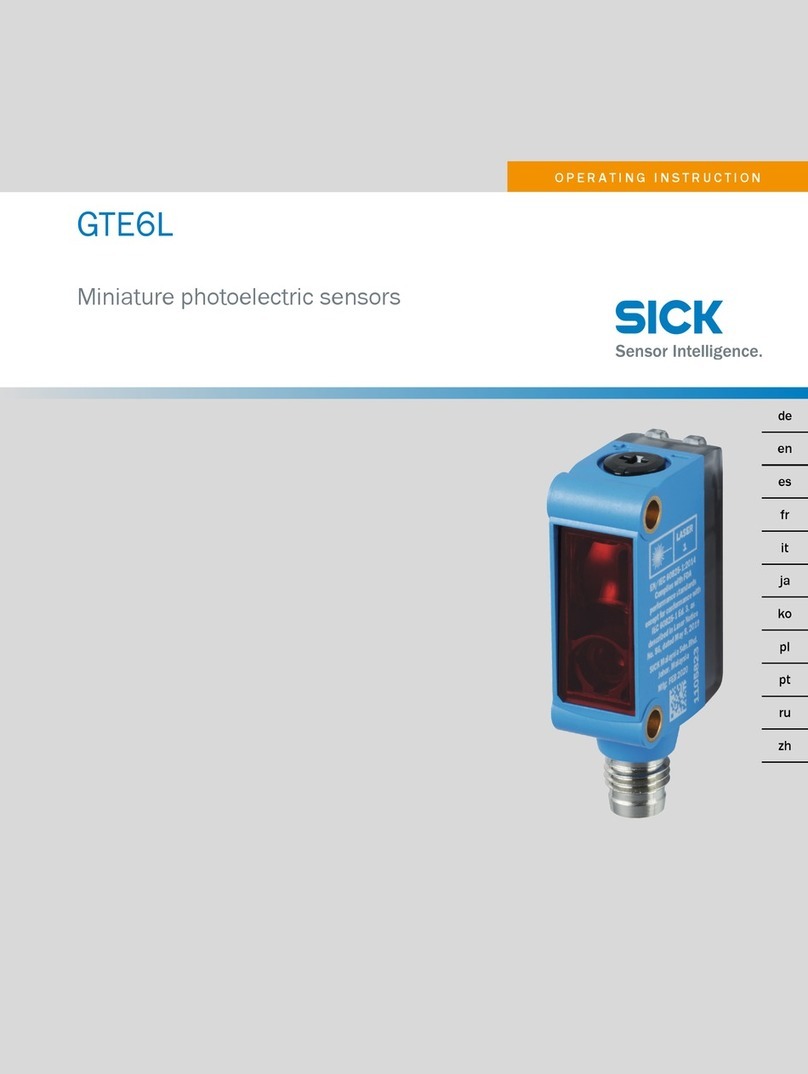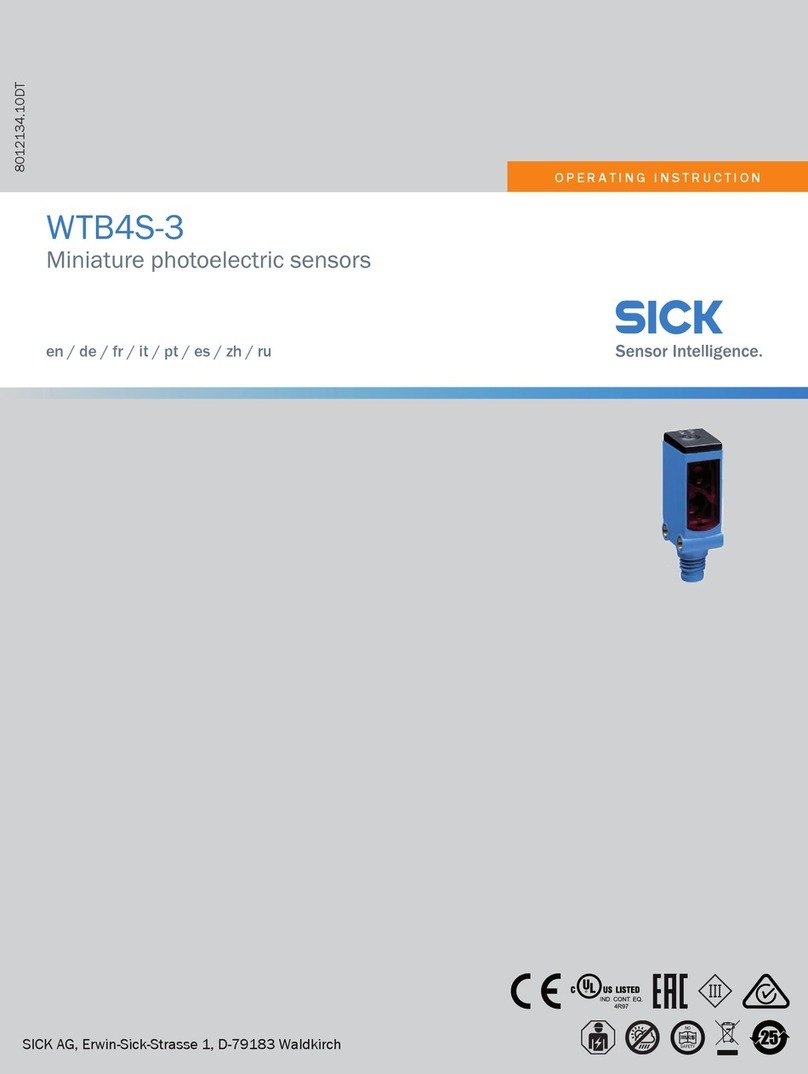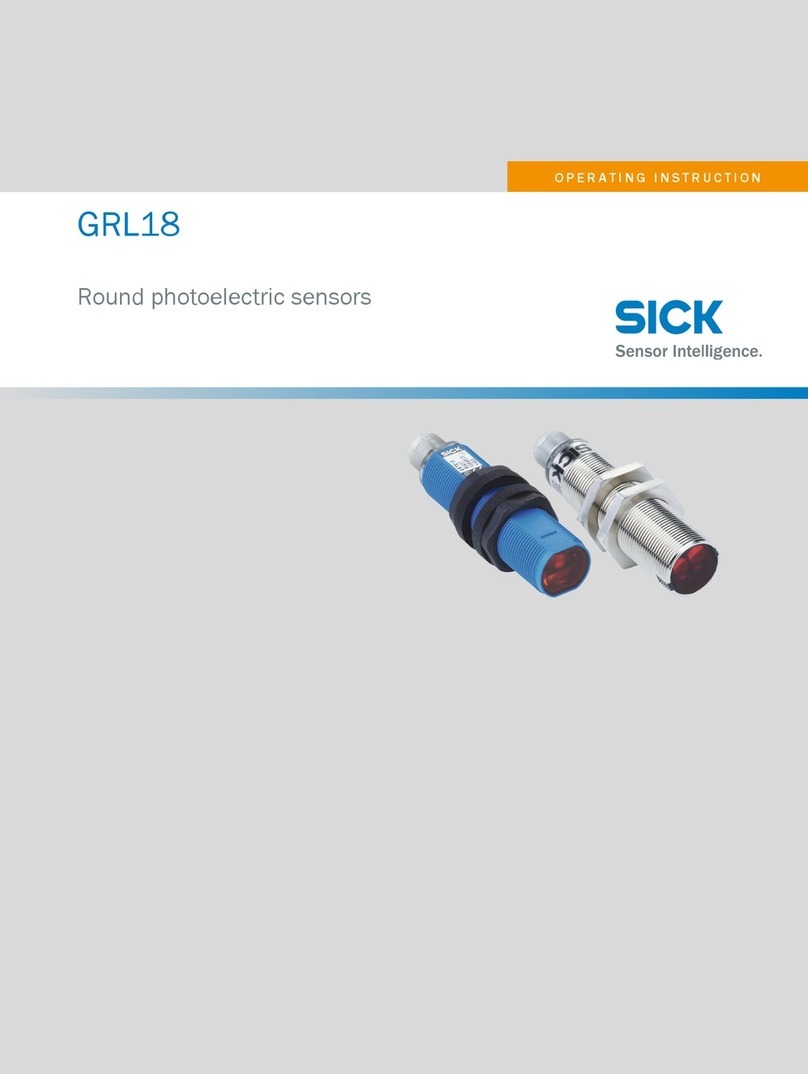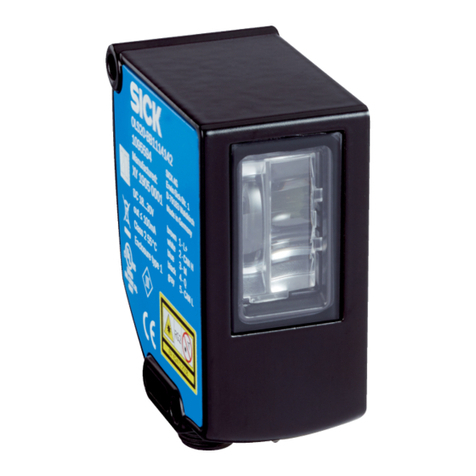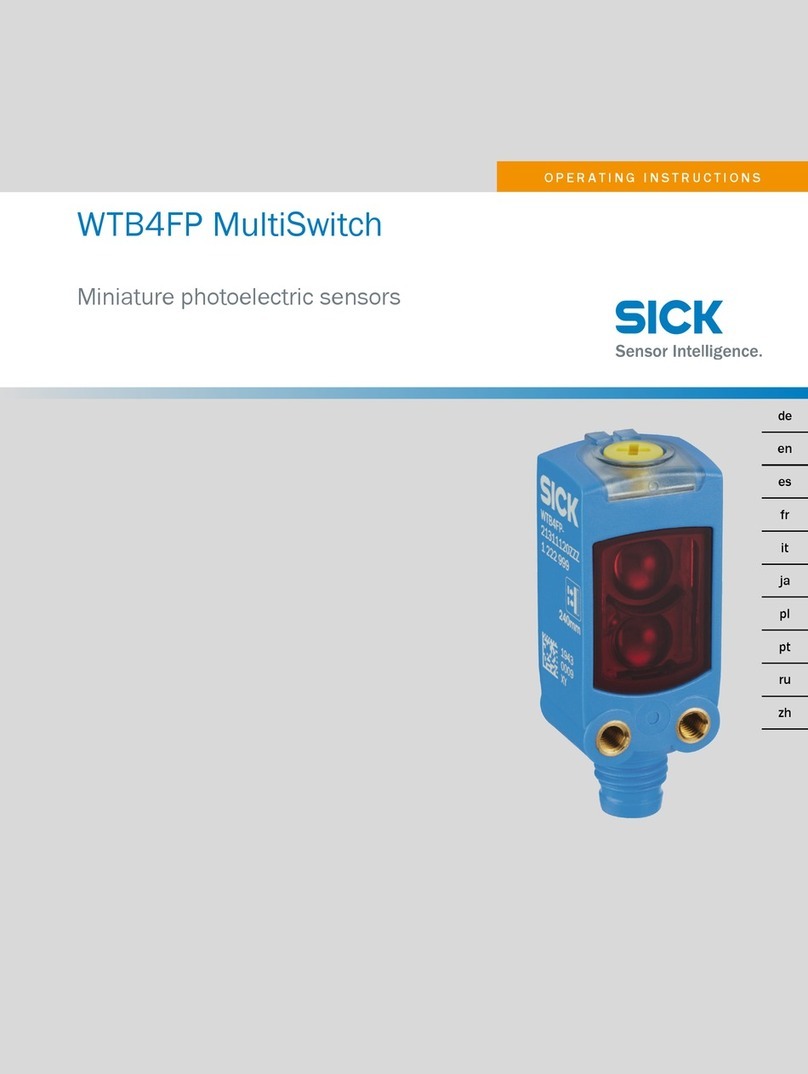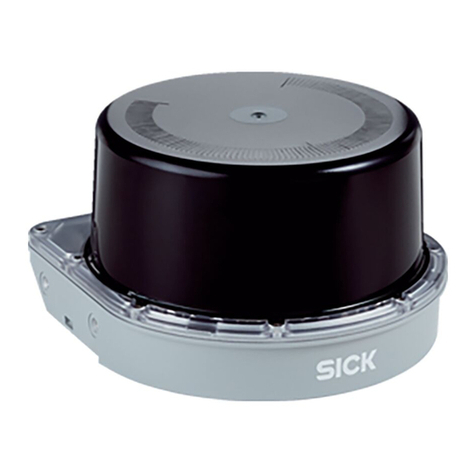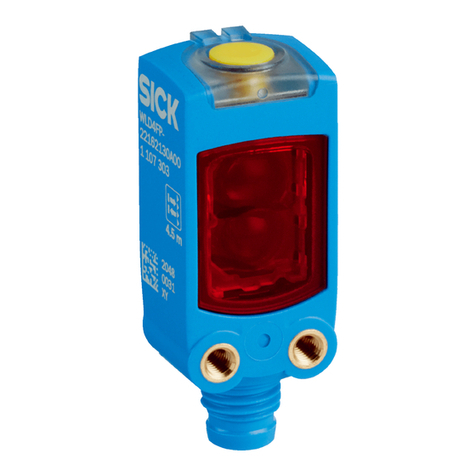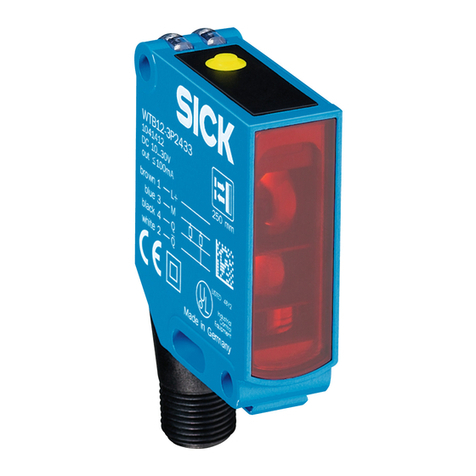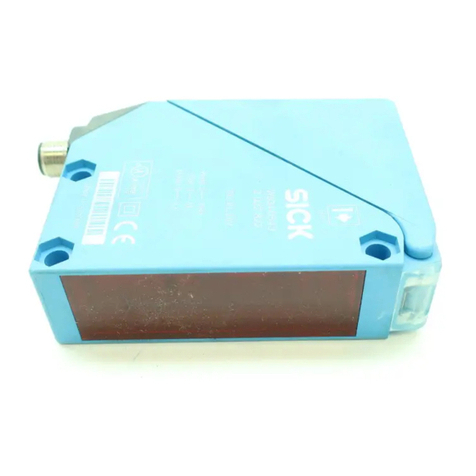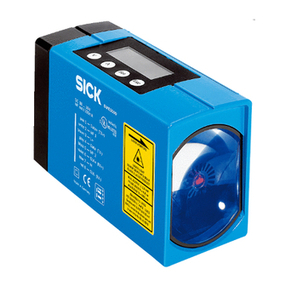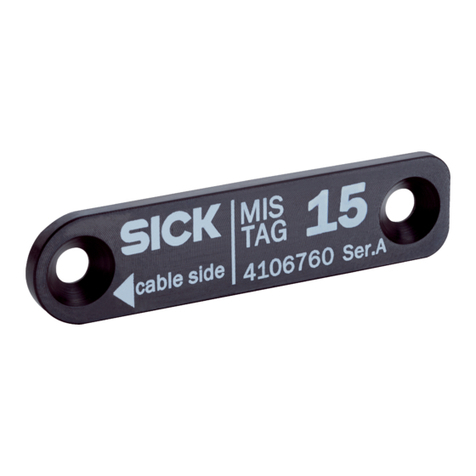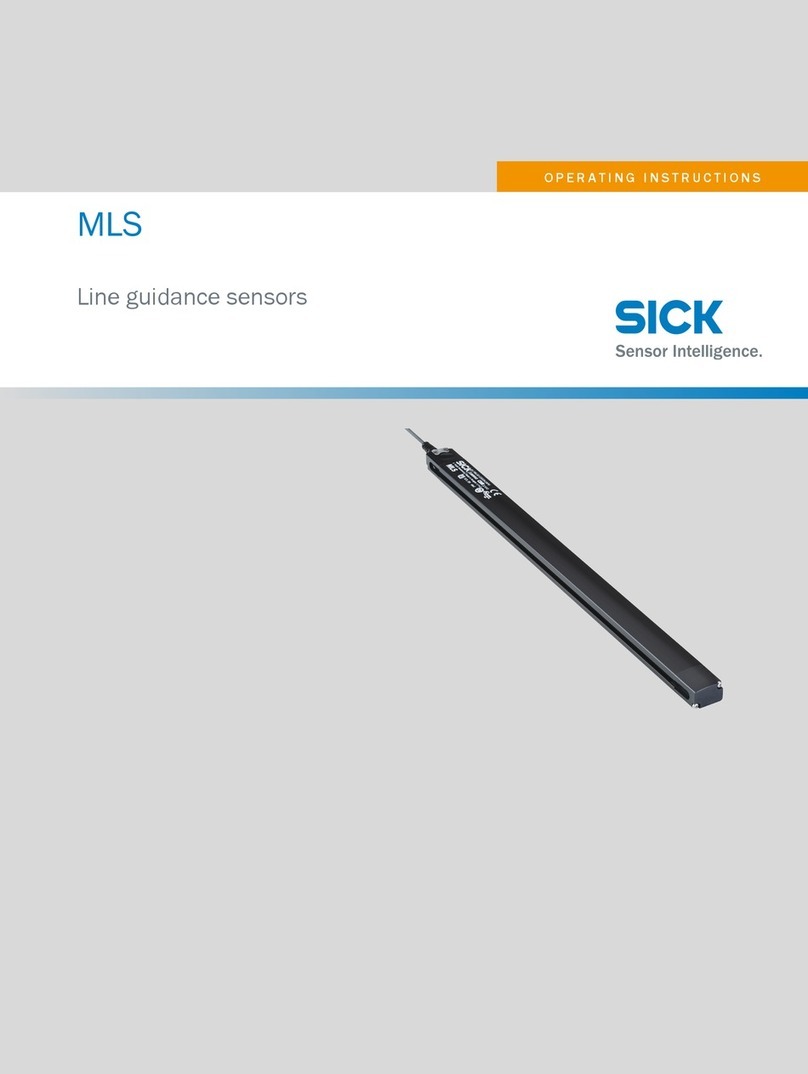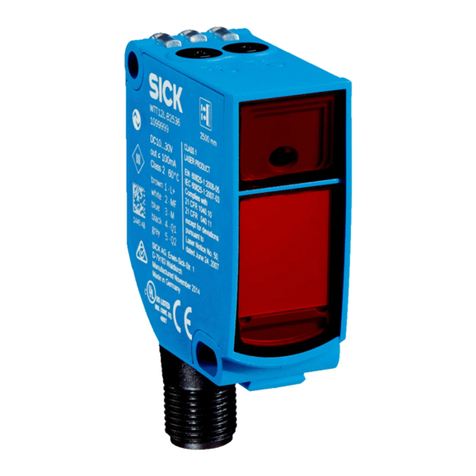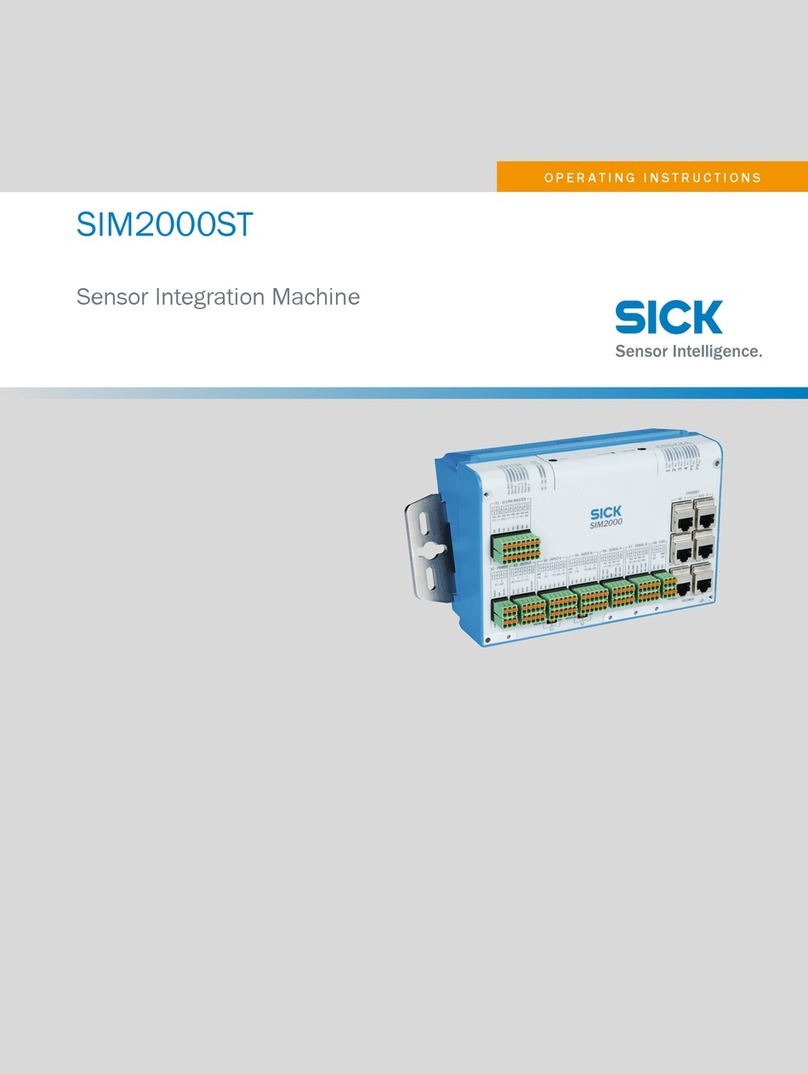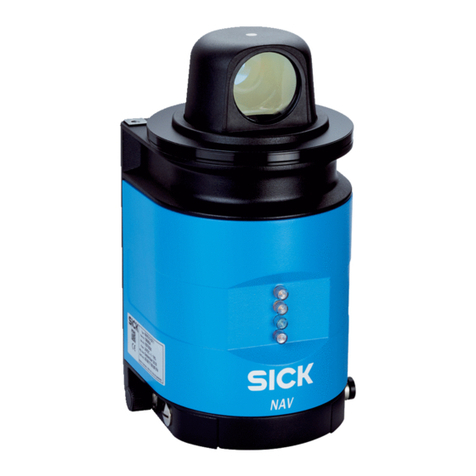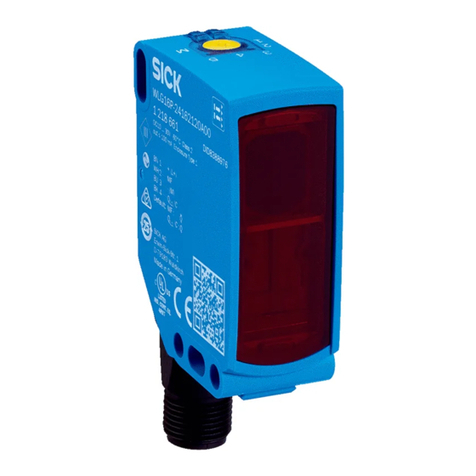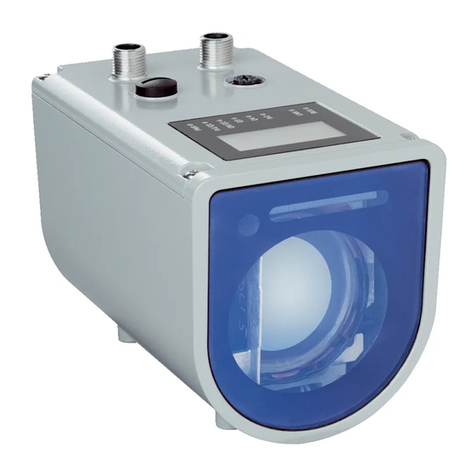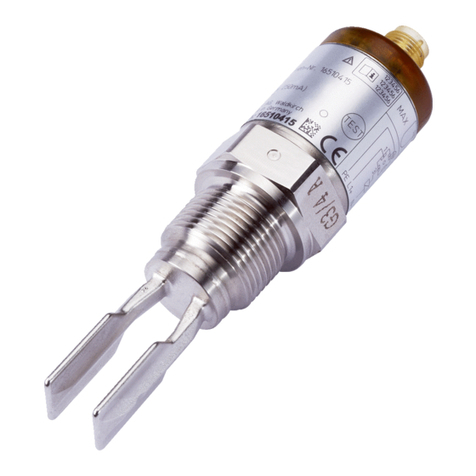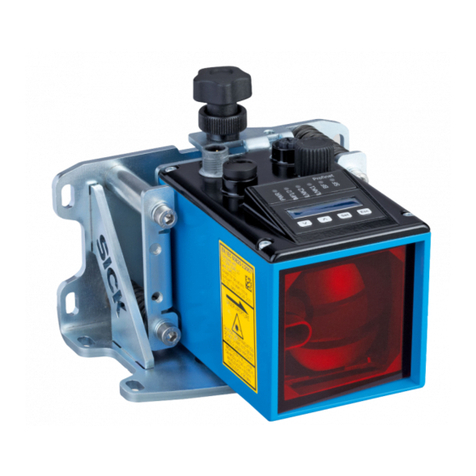
Contents
1 General safety notes......................................................................... 5
2 Notes on UL approval........................................................................ 5
3 Intended use...................................................................................... 5
4 Operating and status indicators...................................................... 6
5 Mounting............................................................................................. 6
6 Electrical installation........................................................................ 7
6.1 DC Output Operation................................................................................ 7
6.2 Connection Pinout.................................................................................... 11
6.3 Adjustments.............................................................................................. 12
7 Commissioning.................................................................................. 17
7.1 Alignment.................................................................................................. 17
7.2 Check the application conditions............................................................ 17
7.3 Setting....................................................................................................... 18
7.4 Additional functions.................................................................................. 20
8 Troubleshooting................................................................................. 20
9 Disassembly and disposal............................................................... 21
10 Maintenance...................................................................................... 21
11 Technical specifications................................................................... 22
11.1 Dimensional drawing................................................................................ 23
11.2 Process data structure............................................................................. 26
CONTENTS
48017850.1A15 / 2020-12-14 | SICK
Subject to change without notice
